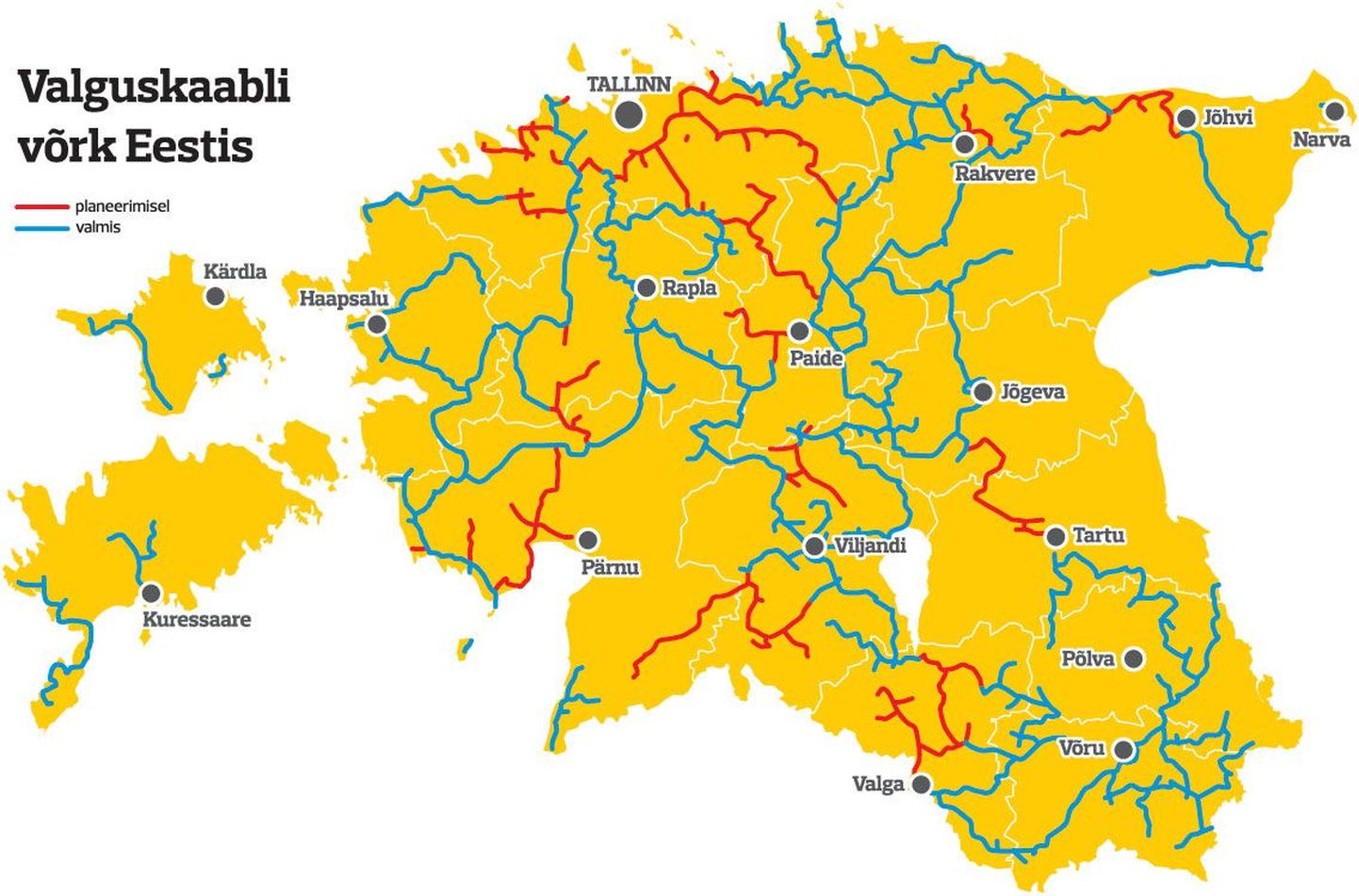«In ELASA, it is business interests that dominate, not consideration of Estonia’s actual needs,» continued Mr Harjo. In his assessment, the economy and communication ministry responsible for internetisation of Estonia must now act fast to find out why, despite the vast backbone networks being built, homes and enterprises in rural areas are still not offered high speed internet connections.
To comment on the criticism, economy/communications ministry’s communication department head Tõnu Nirk said that connection of mobile masts to basic network has not been a goal in itself, but rather a complementary measure to offer fast mobile internet on entire Estonian territory.
«With the current means, this is the most expedient way of offering internet connection to end users in rural areas,» said Mr Nirk.
Meanwhile, by Harjo interesting numbers were served regarding investments by the telecoms: as ELASA was created, all founders invested therein a total of half million euros; pursuant to existing plans, the completion of the entire EstWin network will cost close to €74m which will largely come from the state.
«Explaining: for half million euros, the founders of ELASA will get a network costing €74m i.e. their investment grows 148 times!» said Mr Harjo. Should it happen that for whatsoever reason ELASA is some day liquidated, said he, then the statutes prescribe that all the assets will be divided between founders i.e. the telecommunication companies.

